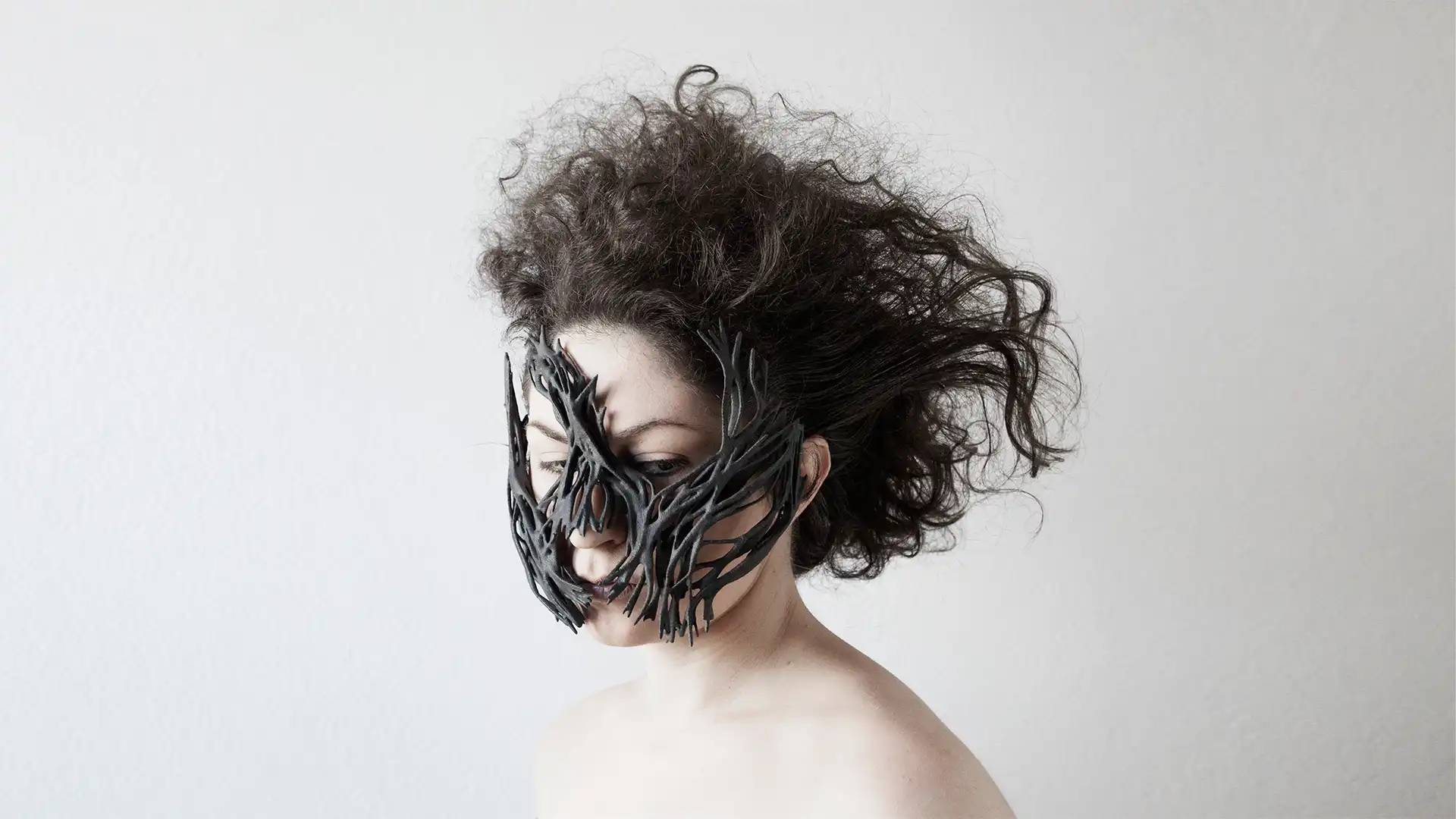The Body Architecture studio workshop aims at anticipating such needs and developing a design agenda that explores and describes emerging opportunities.

Throughout history, the human body and technology co-evolved, generating forms of deep symbiosis, materialized in a vast web of artifacts and prostheses that mediate between individuals and the environment. All wearable products, medical devices, tools, means of transportation, the city itself can ultimately be interpreted as an extension of our physical bodies. These technological prostheses increase the chances of survival and expand the human experience.
In the future, abrupt changes in the climate and the ecological crisis will rapidly change the environments in which people live. We can expect a widening of extreme conditions, with changes in the atmosphere’s composition, expanding desertification, and flooding of vast territories.
It is then possible to imagine that in the decades and centuries to come, our array of prostheses and body extensions will have to be re-designed to adapt to such fast-changing conditions.
The Body Architecture studio workshop explores the possibilities of designing unique types of wearables for different natural and artificial environments and how the human body and its prostheses would react and adapt to future trends.
The Body Architecture studio workshop aims at anticipating such needs and developing a design agenda that explores and describes emerging opportunities. Moving from identifying a specific trend of climatic change, projects will speculate on transformations of natural and artificial environments and how the human body and its prostheses would react and adapt to such movements. The projects will eventually propose the design of a specific wearable artifact or a vision of a more radical transformation of the human body.
Thomas Bouaziz 2025-10-07 15:02
Great